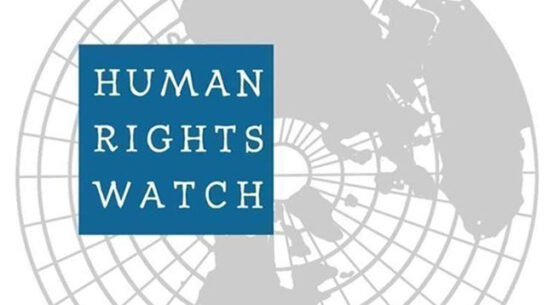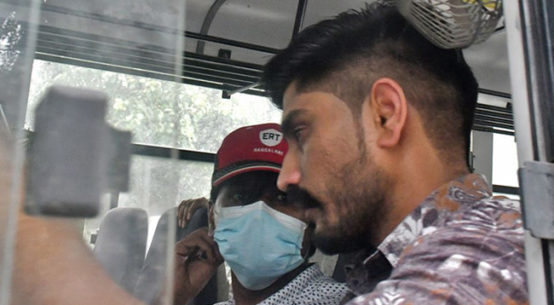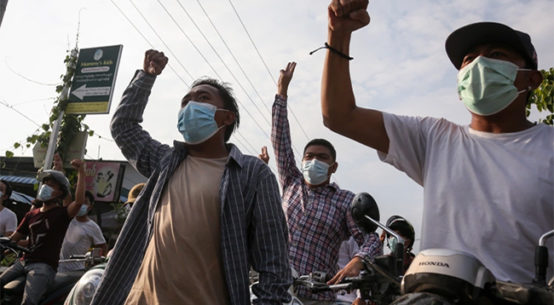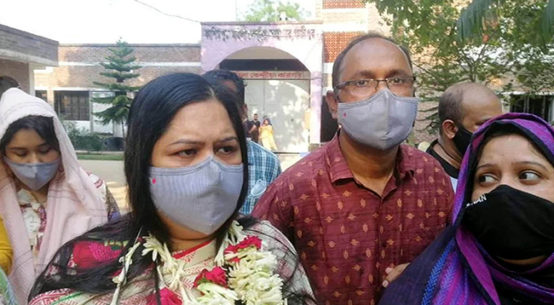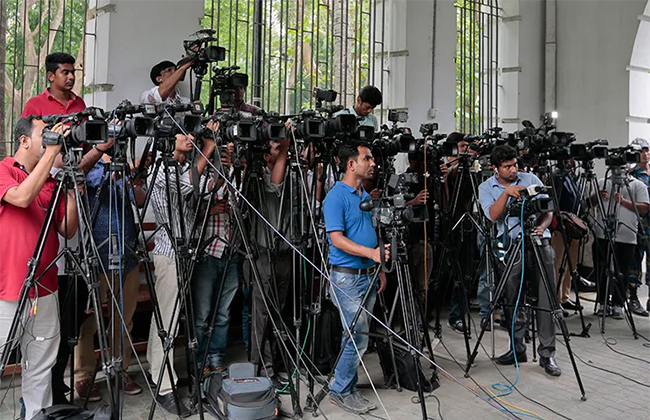
ARTICLE 19, an international human rights organisation, has published guidelines on safety for journalists covering the upcoming 12th parliamentary election in Bangladesh.
“The election comes at a time of mass anti-government demonstrations, including strikes and countrywide blockades for non-partisan caretaker government to oversee the general election and a widening crackdown on the opposition,” the organisation said in a press release.
“In the above context, it becomes more difficult and riskier for independent journalists to freely operate, especially in fairly covering elections,” it said.
The guidelines for journalists include:
1. Media houses and journalists need to know that it is the obligation of law enforcement agencies to protect them while covering protests, even if these are not authorised, according to international human rights standards.
2. The media house must evaluate the risks of coverage in terms of personal safety and the area being covered. Assess who or which of the editorial team will go to the place, who will support, and which tasks. Teamwork is the key to safety. Journalists should be provided with proper safety equipment, including helmets and bulletproof jackets.
3. Journalists covering elections must have knowledge of personal safety. All media houses must provide it, and if not, they must provide access to training resources for their journalists.
4. Have prior knowledge of risks, hostility by possible demonstrators, previous aggressive statements, security, and the number of police officers going to be present, among others.
5. Individuals with asthma or respiratory issues should avoid areas where tear gas is being used. Likewise, contact lenses are not advisable. If large amounts of tear gas are being used, there is the possibility of high concentrations of gas sitting in areas with no movement of air.
6. If you are pregnant, measure the physical risks of exposure according to the stage of gestation. It would be illogical, for example, to send a woman with an advanced pregnancy to cover a demonstration since there might be a likelihood of riots.
7. Wear clothing and footwear that allows to move swiftly. Avoid loose clothing and lanyards that can be grabbed, as well as any flammable material (e.g., nylon). Avoid wearing politically affiliated colours or any colours associated with certain groups.
8. If working in a crowd, plan a strategy. It is sensible to keep to the outside of the crowd. Avoid being sucked into the middle, where it is hard to escape. Identify an escape route and have an emergency meeting point if working with a team.
9. Maintain control of your movement and know your surroundings. Be aware of abnormal movements and actions.
10. Photojournalists and camera personnel generally have to be in the thick of the action, so they are at greater risk. They should have someone watching their back and should remember to look up from their viewfinder every few seconds. To avoid the risk of strangulation, do not wear the camera strap around your neck.
11. If having a vehicle, always park it in a remote area with a quick exit.
12. Know how to protect devices if protesters and security forces are seeking to seize it.
13. Work in groups with colleagues or make eye contact, by phone, or by other means of communication with them.
14. Always express, as far as possible, that you are a journalist. Carry some visible identification-a badge of the media to which you belong-so as not to be identified as belonging to one side.
15. Keep in hand only the minimum personal documents: no addresses or phone numbers, little money, and a credit card with little spending power. Do not bring pictures of family or valuables.
16. While publishing or broadcasting pictures of the crime and perpetrators, take all necessary safety measures.
17. Should always have prior information when going to interview a source; know their intentions and motives; and have knowledge of the topic with which to deal. Lack of information leads immediately to falling at risk of manipulation.
18. Use strong passwords, encryption, and firewalls on devices.

